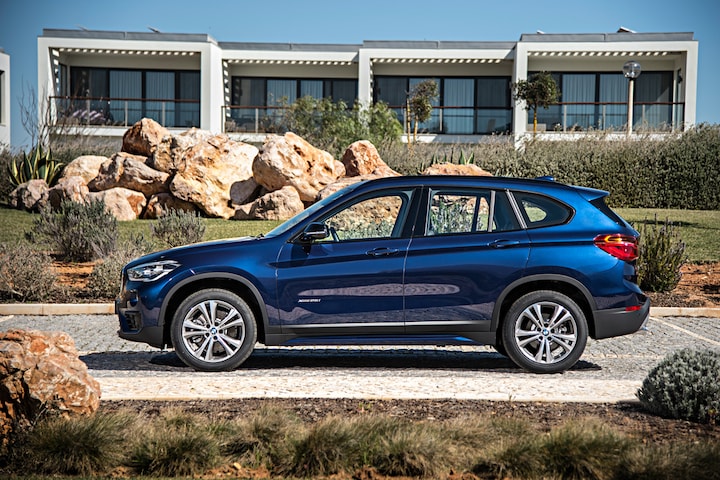Niels van Roij about popular SUV

The exterior and interior of the current BMW X1, the third generation since its conception in 2009, have been completely renewed. Car designer Niels van Roij explains how successful this exercise turned out.
Naturally, the SUV look has been retained for this X1. Because despite the front-wheel drive of the X1, that is what attracts people to this type of car. Fake it ’till you make it.
The styling of the design team led by Domagoj Dukec has, of course, created an even larger double kidney shape for the grille for this generation. This is closed on the electric iX1 version.

Slim LED headlights flank the grille, with daytime running lights inside that cannot be overshadowed by the Angle Eyes or Corona Rings, as BMW officially called them.

BMW 3-series coupe.

The strong and dynamically sculpted surfaces give the car the now well-known exaggerated character as previously applied to the 3, 5 and 7 series. At the rear, the roofline is quite long and ends in a rear window, which is partly hidden under the large spoiler. Although the whole thing is not terribly poorly executed, as is clearly the case with the aforementioned trio of cars, the design is not innovative either. We can say the same about the slightly flared wheel arches, which should give the X1 a sporty touch.


Third X1 less revolution in style than second X1
This third generation BMW That car therefore had a much shorter hood, and softer shapes and volumes.




Raw bluntness SUVs in fashion
The whole is accompanied by a more vertical front with more strongly expressed BMW characteristics. The grille with double kidney grille, larger and with almost square contours that match aesthetically with the wheel arches that are no longer round but trapezoidal. According to BMW, the harder, less refined and less elegantly sculpted bodies indicate the precision of BMW engineering. Although the raw bluntness of designs is generally in vogue among SUVs these days.
This new X1 stands out because of the character in the surfacing, which has been typical BMW for a number of years now. Clear and decisive lines have been applied in the sculpture, albeit in continuity with the previous ones around important themes – main lines in the body. For example, the central hood section is accentuated and almost resembles a power dome, especially when viewed from the driver’s seat or from a higher perspective.

A beautiful piece of sculpture, although it was a lot nicer in 2007, when BMW showed the Concept CS to the world.


And that is the essence of the X1. We know most of them. Old wine in – not very – new bottles. The fact that this car is less explicitly fundamentally unsightly like the 3, 5 and 7 does not mean that it is automatically a successful design. People can get used to ugliness, which was beautifully expressed by a design professor I recently spoke to: “Ugliness can also be learned.”
– Thanks for information from Autoweek.nl